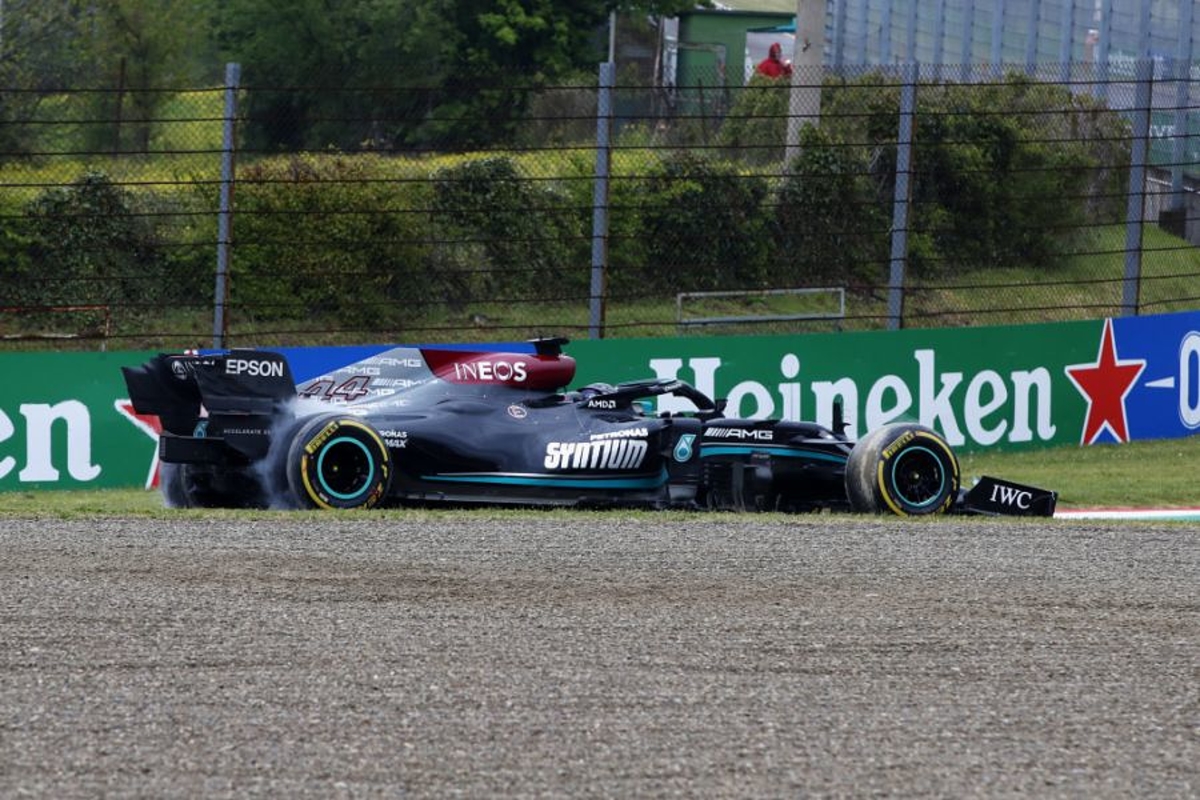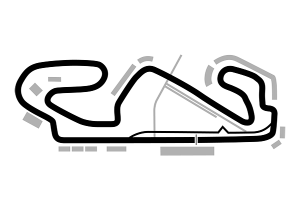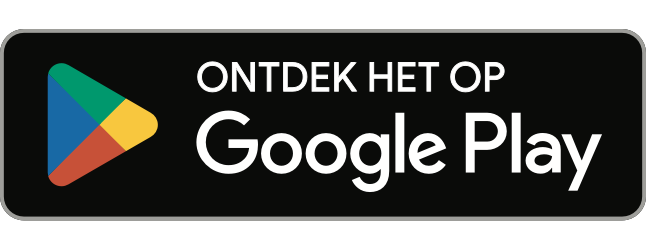Lewis Hamilton's reversal on to the Imola racetrack following his minor crash raised eyebrows at the time given the seemingly dangerous nature of the manoeuvre.
But FIA race director Michael Masi has cleared Hamilton of any wrongdoing, with the seven-time Formula 1 champion and his Mercedes team supported by the rules.
Hamilton's Emilia Romagna Grand Prix ran into difficulties when he attempted to lap Williams driver George Russell at Tosa, only to hit a damp part of the track in doing so.
That sent Hamilton into the gravel, with the 36-year-old then making a misjudgment in trying to turn out of the trap as he crunched his front wing against a barrier.
Following a lengthy period of time, Hamilton finally found the correct gear and chose to reverse all the way back across the gravel and on to the edge of the track before heading to the pits for a new front wing and tyres.
Masi has made clear it was Mercedes' clear and precise instructions to Hamilton that ensured no penalty was applied.
"Looking at the incident at the time, it was reversing out of the gravel trap towards the edge of the circuit," said Masi.
"Listening to Lewis' radio between him and his team, they were absolutely advising him all the way through, so in that particular circumstance, I wouldn't consider reporting that to the stewards."
Asked as to what circumstances reversal of a car would be punished, Masi replied: "It's a case-by-case basis that you need to review the complete set of circumstances around it."
The FIA's sporting regulations additionally point to the fact Hamilton did nothing wrong.
While the rules make clear under article 28.3 that "at no time may a car be reversed in the pit lane under its own power", different regulations apply to the track.
Article 27.3 states that “should a car leave the track the driver may re-join, however, this may only be done when it is safe to do so and without gaining any lasting advantage."
While 27.4 adds that "at no time may a car be driven unnecessarily slowly, erratically or in a manner which could be deemed potentially dangerous to other drivers or any other person".
The fact Hamilton was guided throughout by Mercedes who would have used GPS tracking data to monitor the position of other cars before relaying messages ensured he did not flout the rules.
Hamilton recognised, though, he faced anxious moments in the gravel before going on to stage a recovery drive to finish second behind Max Verstappen.
Explaining what unfolded with selecting reverse, Hamilton said: "It just wouldn’t go into reverse so I was holding the reverse button and it took forever to engage.
"I didn’t think it was going to work. I tried reversing and then tried to kind of do a burn-out spin to get going again and I was back in the barrier so then it took a long time again to get back in reverse.
"And when I was reversing, I was like I’ve just got to keep going backwards and work my way out in reverse and if I hadn’t done that I would probably still have been there now so I’m grateful for it."
Related
















































 Grand Prix du Canada 2025
Grand Prix du Canada 2025  Grand Prix of Austria 2025
Grand Prix of Austria 2025  Grand Prix of Belgium 2025
Grand Prix of Belgium 2025  Grand Prix of Hungary 2025
Grand Prix of Hungary 2025  Grand Prix of Azerbaijan 2025
Grand Prix of Azerbaijan 2025  Grand Prix of Singapore 2025
Grand Prix of Singapore 2025  Gran Premio de la Ciudad de Mexico 2025
Gran Premio de la Ciudad de Mexico 2025  Grande Prêmio de São Paulo 2025
Grande Prêmio de São Paulo 2025  Qatar Grand Prix 2025
Qatar Grand Prix 2025  Grand Prix of Abu Dhabi 2025
Grand Prix of Abu Dhabi 2025 